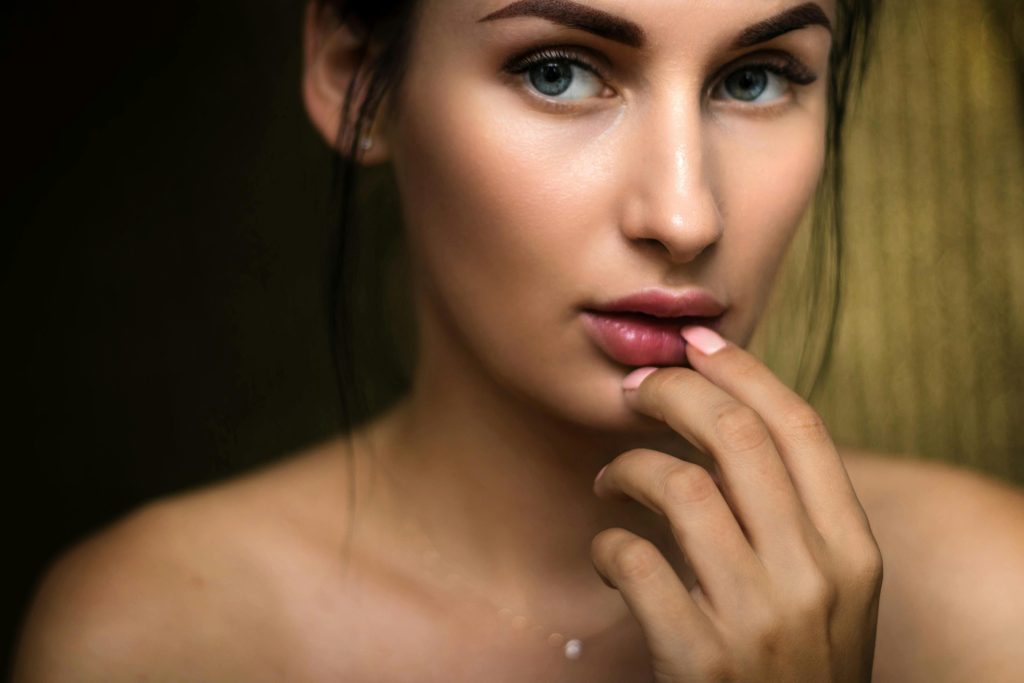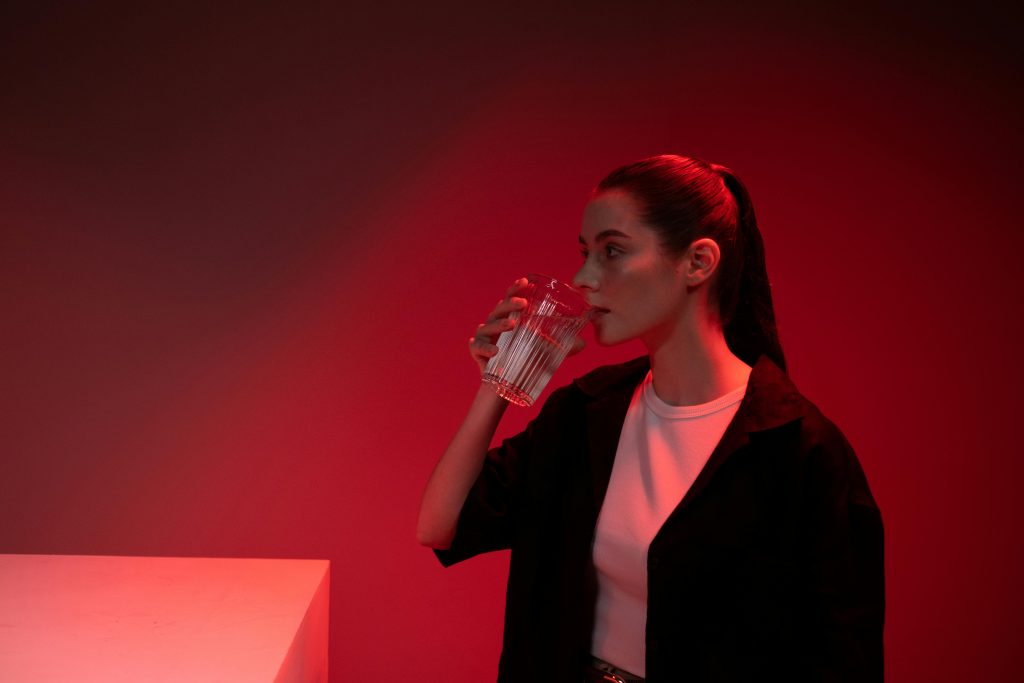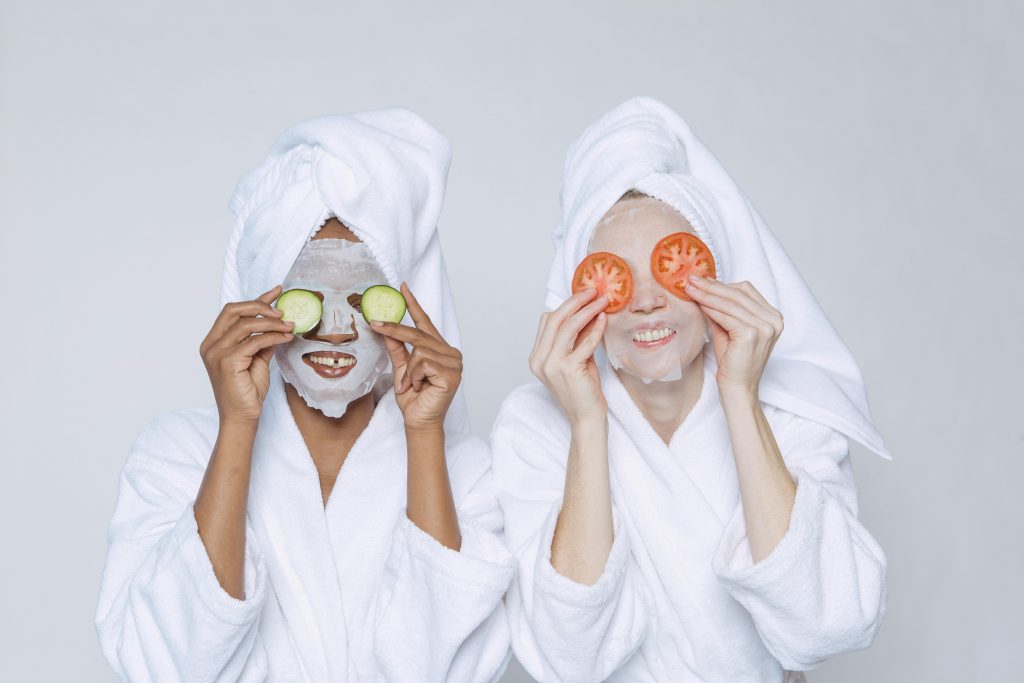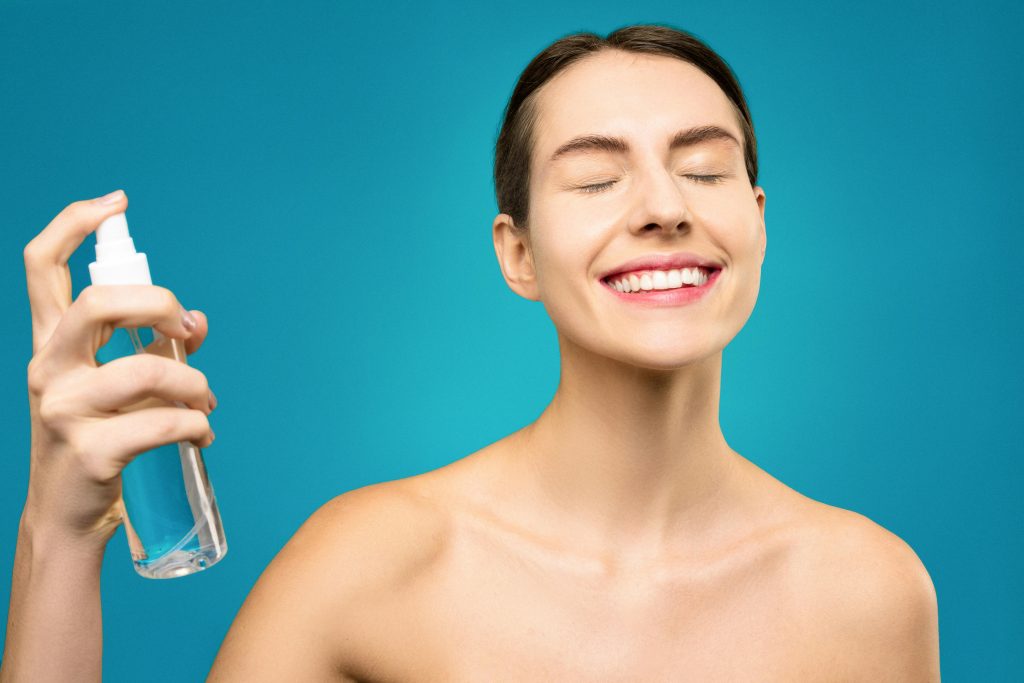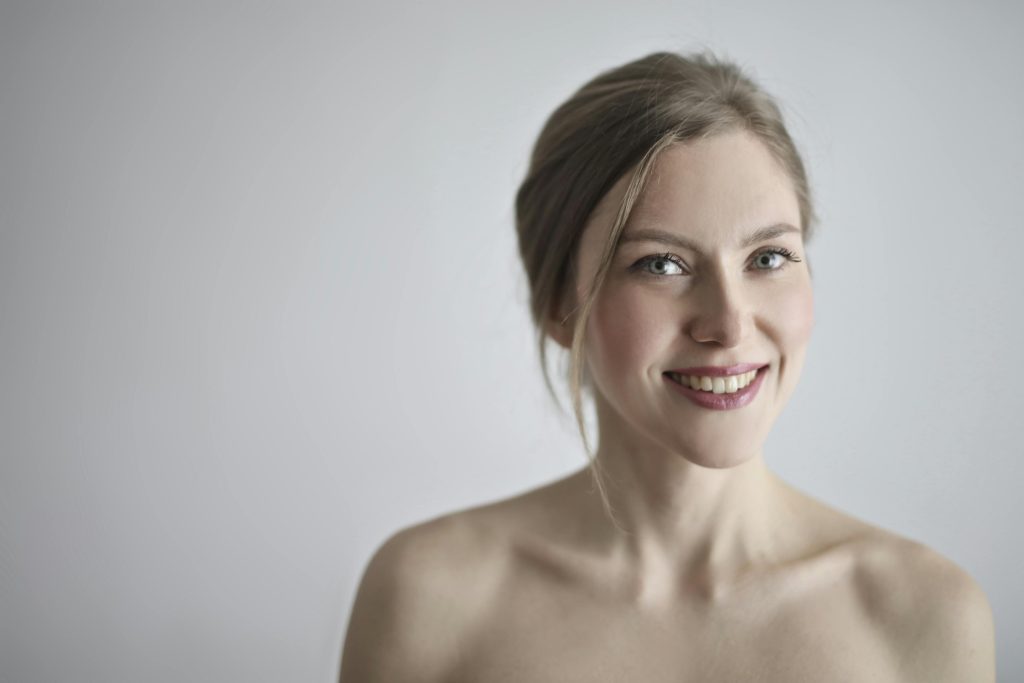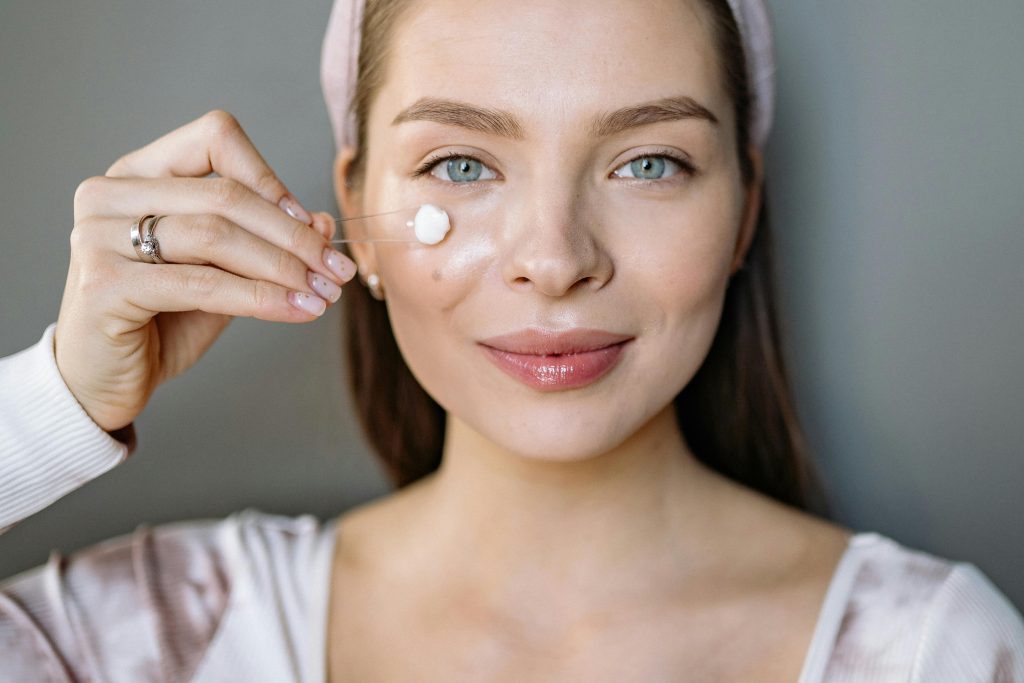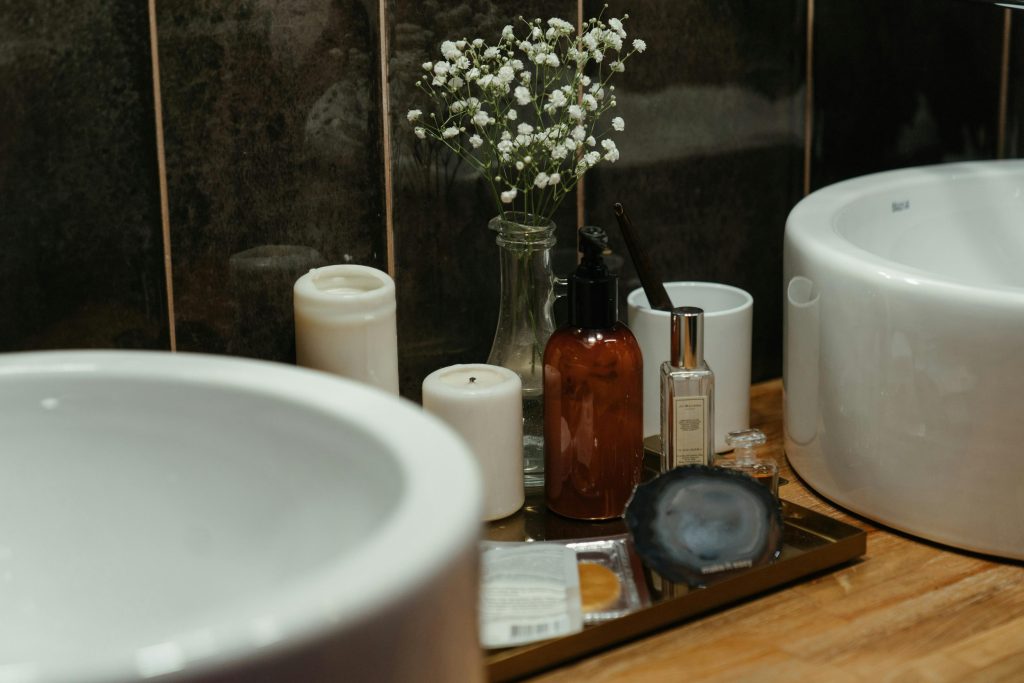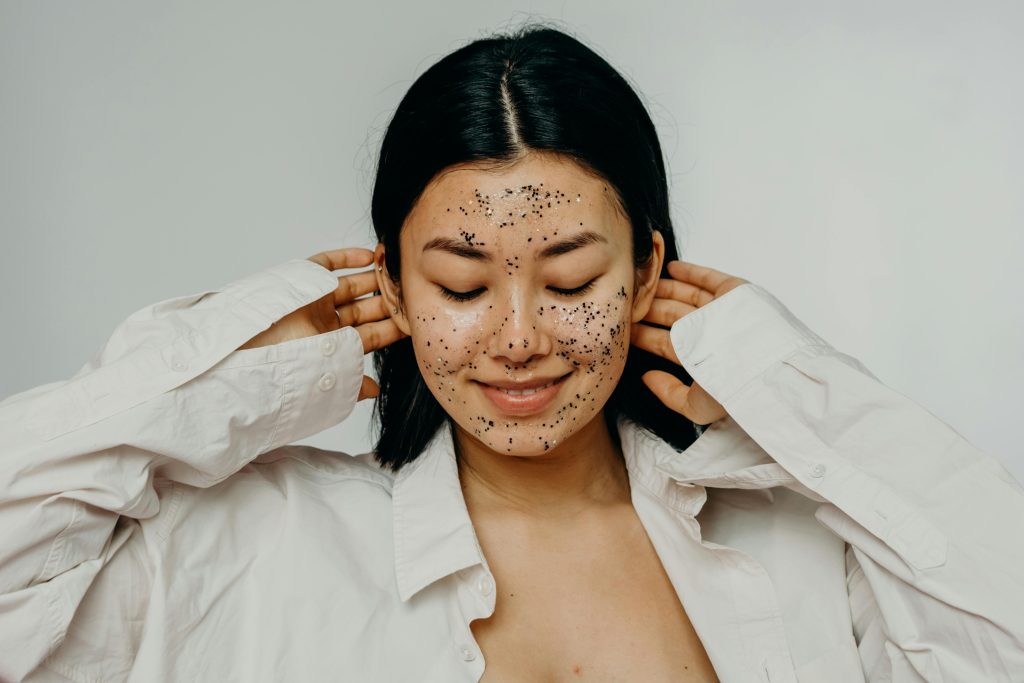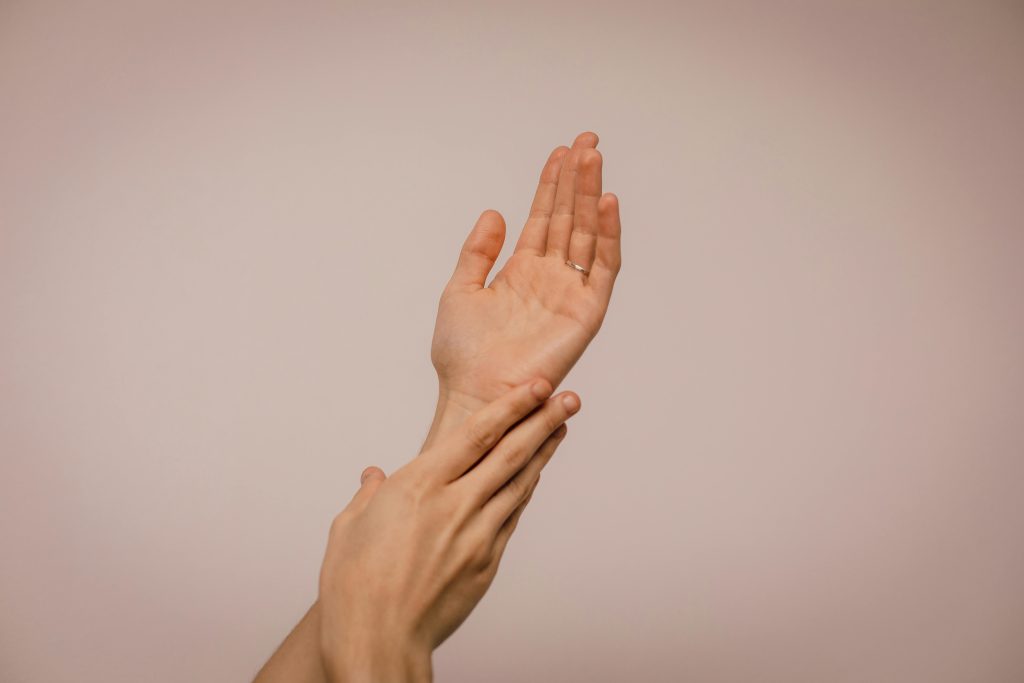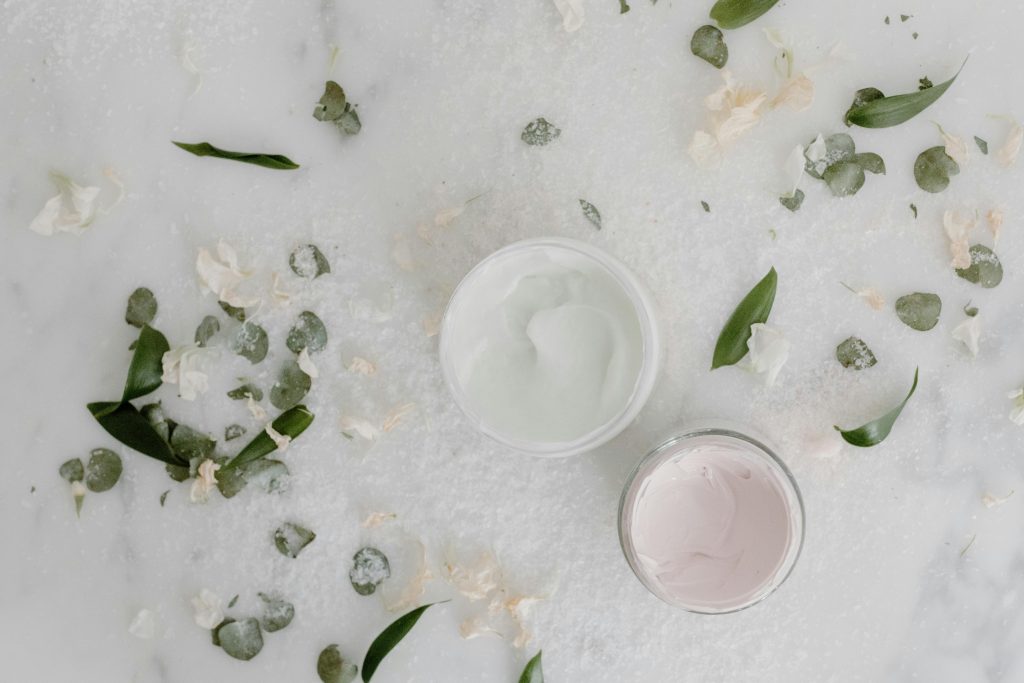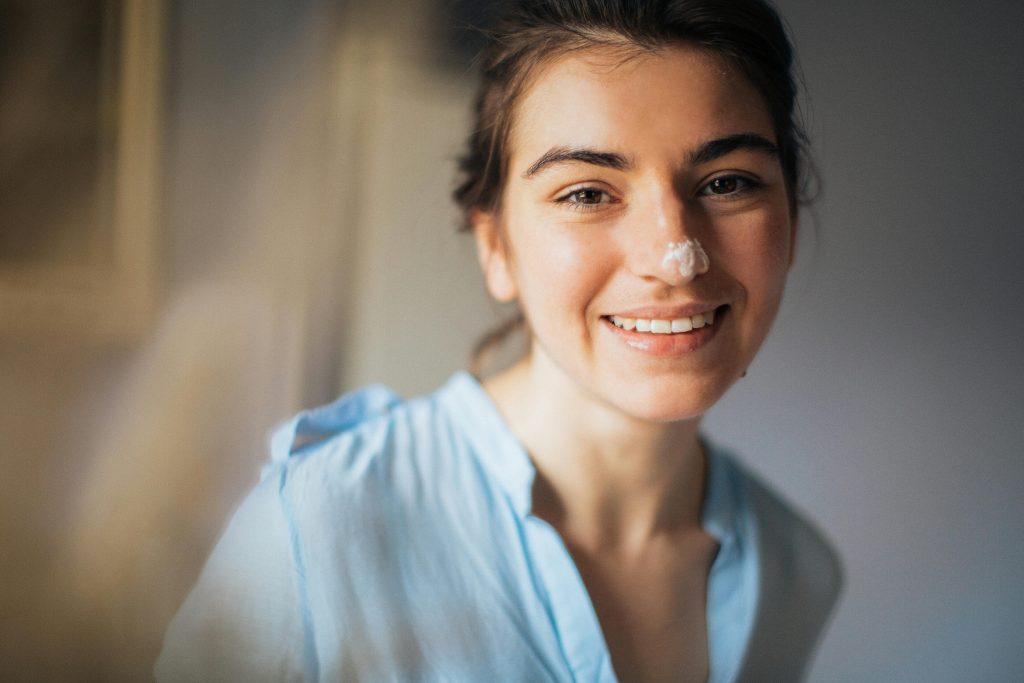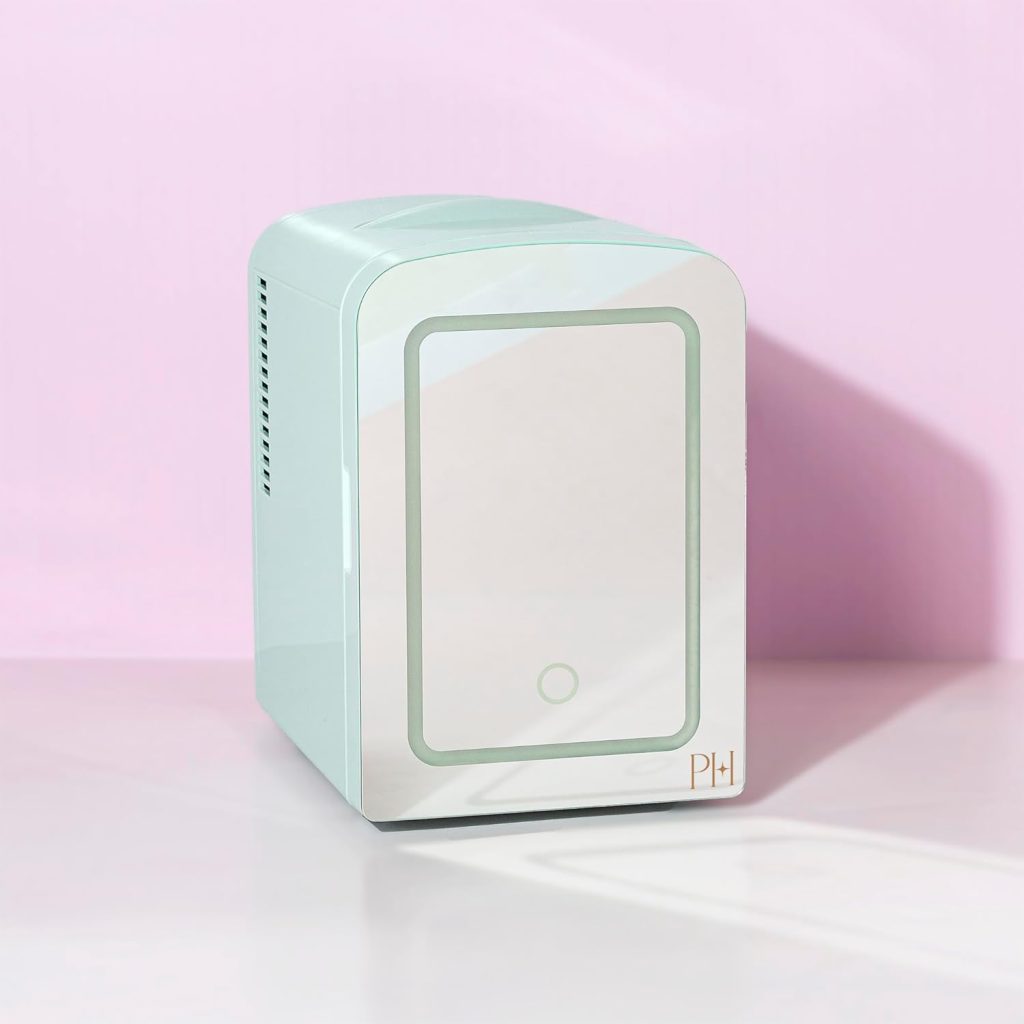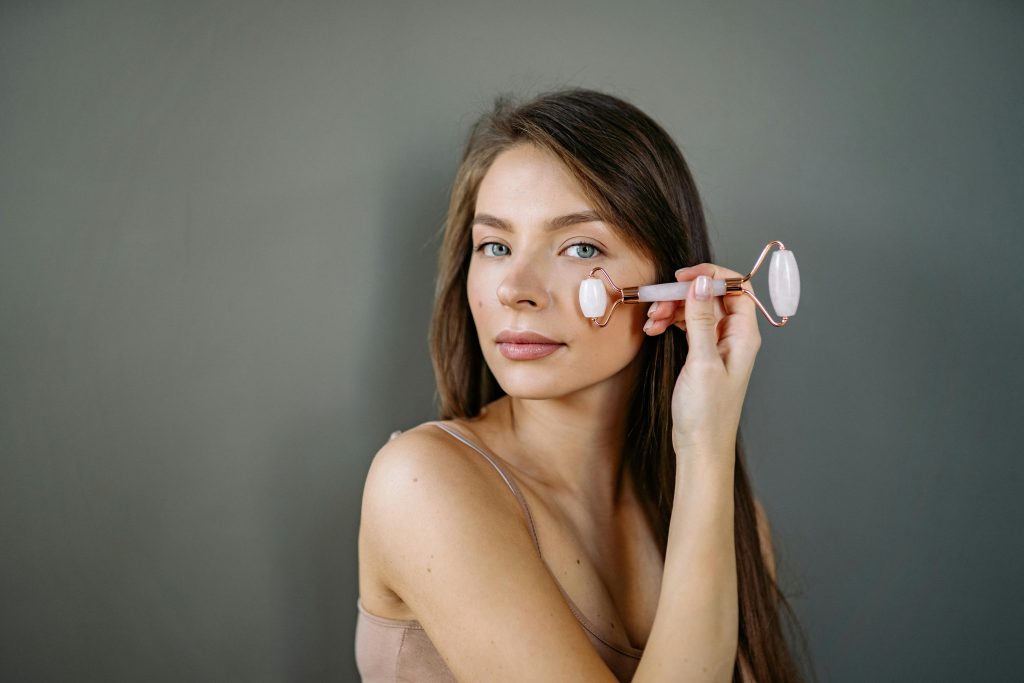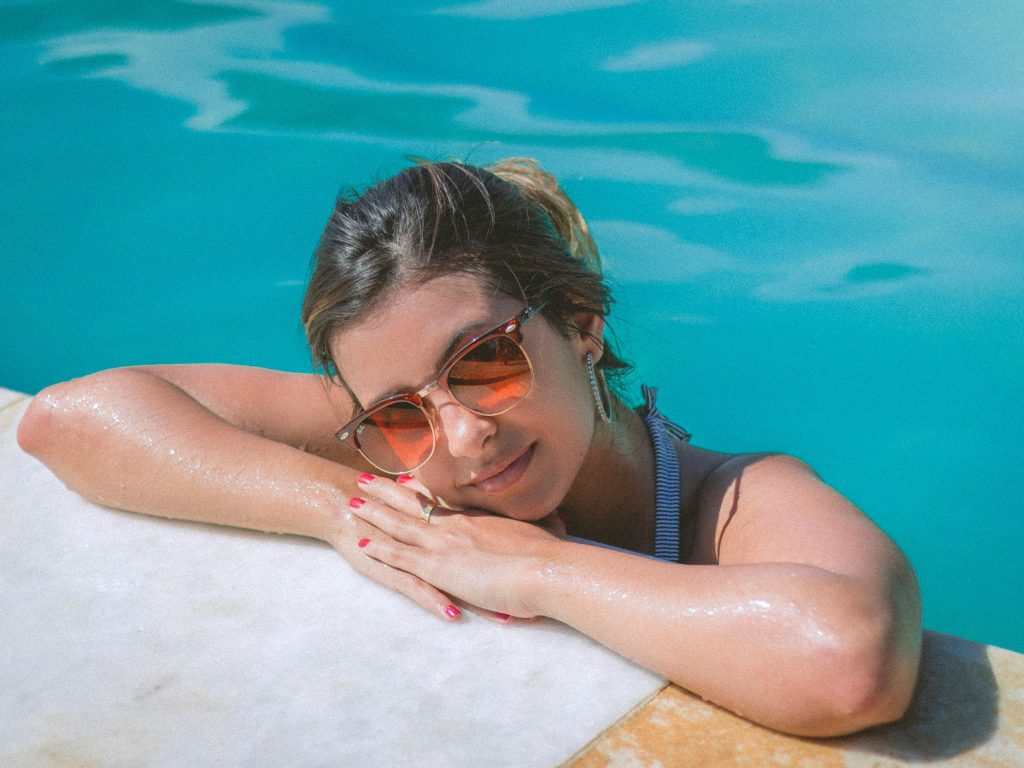
As an Amazon affiliate, I earn a commission for the products linked below
Sunscreen for Beginners: What to Know Before You Apply ☀️
If there’s one product dermatologists universally agree on, it’s sunscreen.
It’s not optional; it’s the most effective anti-aging, anti-cancer, and skin-saving product in existence.
Yet, so many people still skip it. Some don’t like how it feels, others think they don’t need it on cloudy days, or they just don’t know which type to use.
This guide breaks down everything you need to know about sunscreen: what it does, how to use it, and the best formulas for your skin type.
What Does Sunscreen Actually Do?
Sunscreen protects your skin from ultraviolet (UV) radiation, which comes in two main types:
🔹UVA: Penetrates deeper, causes wrinkles, and speeds up aging (“A for aging”).
🔹UVB: Damages the surface, leading to sunburn and DNA damage (“B for burning”).
Both types can cause skin cancer, hyperpigmentation, and loss of elasticity. Sunscreen acts as a shield, either by reflecting or absorbing UV rays before they can harm your skin.
Understanding SPF
SPF stands for Sun Protection Factor, which measures how well a sunscreen protects against UVB rays.
For example:
If your skin burns after 10 minutes in the sun, SPF 30 theoretically lets you stay in the sun 30 times longer (≈300 minutes) before burning.
However, SPF doesn’t increase protection linearly:
🔸SPF 15 → blocks ~93% of UVB
🔸SPF 30 → blocks ~97%
🔸SPF 50 → blocks ~98%
💡 Dermatologist rule: Always use SPF 30 or higher, even indoors.
Chemical vs. Mineral Sunscreens
There are two main types of sunscreens, and both are effective when used correctly.
🔹Chemical Sunscreens
How they work: Absorb UV rays and convert them into heat.
Pros: Lightweight, blends easily, perfect under makeup.
Cons: May irritate very sensitive skin.
Common ingredients: Avobenzone, Octocrylene, Homosalate.
Best for: Normal, oily, or combination skin.
Top Picks:
☀️Supergoop! Unseen Sunscreen SPF 40 – invisible, silicone-based, non-greasy
☀️Beauty of Joseon Relief Sun SPF 40+ – K-beauty favorite, ultra-light and hydrating
☀️La Roche-Posay Anthelios Melt-In Milk SPF 60 – excellent UVA/UVB coverage
🔹Mineral (Physical) Sunscreens
How they work: Sit on top of the skin and reflect UV rays.
Pros: Great for sensitive or acne-prone skin; works immediately.
Cons: Can leave a white cast (though new formulas are better).
Active ingredients: Zinc oxide, titanium dioxide.
Best for: Sensitive or dry skin.
Top Picks:
☀️EltaMD UV Clear SPF 46 – lightweight, niacinamide-infused, acne-safe
☀️ISDIN Eryfotona Actinica SPF 50+ – dermatologist favorite for daily use
☀️Tatcha Silken Pore Perfecting Sunscreen SPF 35 – elegant mineral option for luxury users
How Much Sunscreen Should You Use?
Most people underapply sunscreen by 50–60%.
You need about:
🔹2 finger-lengths of product for your face and neck
🔹1 ounce (a shot glass) for full body coverage
💡 Reapply every 2 hours when outdoors, and immediately after swimming or sweating.
When (and How) to Apply
🔹Apply last in your skincare routine — after moisturizer, before makeup.
🔹Wait 10–15 minutes before sun exposure (for chemical sunscreens).
🔹Don’t forget often-missed areas: ears, neck, hairline, and hands.
💡 Pro tip: Use a powder or spray SPF for reapplication over makeup (like Colorescience Brush-On Shield SPF 50).
Sunscreen Myths You Need to Stop Believing
🚫 “I don’t need sunscreen indoors.” → UV rays penetrate windows. Indoor exposure adds up daily.
🚫 “Darker skin doesn’t need SPF.” → Melanin provides some protection, but not enough. Hyperpigmentation risk remains high.
🚫 “Sunscreen causes breakouts.” → Wrong formula causes breakouts, not sunscreen itself. Use non-comedogenic types like EltaMD UV Clear.
🚫 “I only need SPF at the beach.” → Daily exposure — not vacation sun — causes 90% of visible aging.
The Right Sunscreen for Your Skin Type
✅Oily/Acne-Prone: Lightweight gels or fluids (e.g., Beauty of Joseon, EltaMD UV Clear).
✅Dry: Cream-based or hydrating SPF with ceramides (e.g., La Roche-Posay Melt-In Milk).
✅Sensitive: Mineral-only formulas with zinc oxide (e.g., ISDIN, Tatcha).
✅Combination: Hybrid sunscreens or lightweight emulsions. (e.g., Dermalogica Skin Recovery)
Final Verdict
Sunscreen is non-negotiable. It’s the single most effective product to prevent premature aging, sun damage, and skin cancer.
Don’t overcomplicate it — find one you actually enjoy applying and make it part of your daily ritual. Your future skin will thank you. 🌞✨

